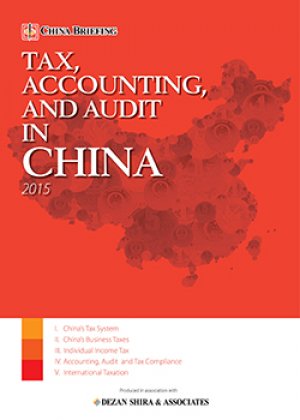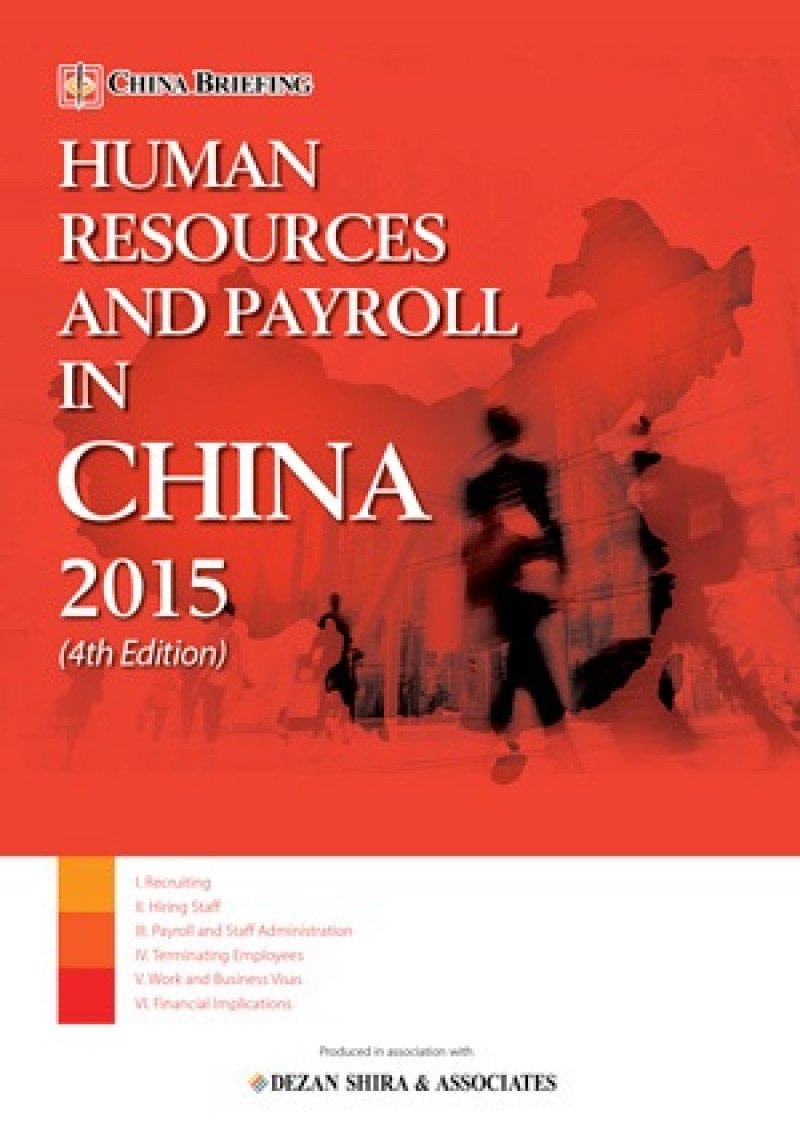Exploring New Opportunities in Adaptive Learning in China
The term ‘adaptive learning’ has been misunderstood in some cases, and misused in others. A relatively new development in education technology, especially in emerging markets such as China, some consider adaptive learning to be the application of content-mapping (the categorization of relationships between different concepts and ideas) and norm-referencing (the assessment of a performance in terms of its relationship to the larger group) to learning tools.
MIT professor Nishikant Sonwalkar has identified four domains in which modeling can be applied to develop adaptive learning tools: the pedagogical framework, where features like concept mapping can create a customized learning strategy; content rendering, where content is dynamically sequenced in response to the user’s performance; quantitative learning analytics, where models are applied in order to generate data about learner performance; and intelligent feedback, where instructions and content are customized to the user’s ability.
How Successful Will Adaptive Learning be in Education?
With increased technological advancements, we believe that adaptive learning has the potential to spark new paradigms in the education industry by making the learning experience more personal and customized. In the education sector, there has been a variety of adaptive learning software developed for math learning, and the technology is increasingly being applied to the development of literacy and other learning programs. Adaptive learning has been widely adopted in remedial classes with great success, as it can help target and remediate individual student weaknesses.
Adaptive learning has yet to become a main component of the core curriculum, most likely due to the fact that even in the United States only 5 to 15 percent of core curriculums are conducted online. However, as schools continue to embrace education technology and broadband access continues to become more widespread, we predict an increase in the use of adaptive learning as a primary education tool.
 RELATED: Digital Learning: An Introduction to Education Technology
RELATED: Digital Learning: An Introduction to Education Technology
Barriers for Development
As a new technology, adaptive learning has faced the task of gaining approval in the education technology industry. One important challenge developers face is that adaptive learning tools may sometimes fall short of educators’ and investors’ expectations. Some experts are skeptical of current adaptive learning tools and state that the technology is not yet advanced enough to deliver a learning experience that is personal and customized. In order to deliver on its potential, adaptive learning tools will require further development of complex algorithms and modeling tools that can be used to dynamically sequence content based on the individual user’s ability and needs.
In addition, adaptive learning may face barriers due to the makeup of the education market. Even in countries like the United States, school resources and faculty willingness to integrate new technologies can vary greatly from district to district as well as school to school. This problem is compounded in developing and emerging markets, where poor infrastructure and limited internet access can restrict new technologies like adaptive learning from catching hold.
That said, with increased development, education technology is expected to become more widely implemented, which in turn will create new opportunities for the application of adaptive learning. Emerging markets like China are projected to be particularly attractive for future development.
Future Prospects
Big publishers will drive the development of adaptive learning in K12 and higher education, where adaptive learning is expected to become more pervasive as schools become more open to new education technologies.
Many publishers have already hired data scientists and pscyhometricians to develop comprehensive adaptive learning platforms to teach and evaluate higher order critical thinking. In addition, the workforce offers a lot of potential for the future development of the adaptive learning market, especially in fields that have high requirements for competency, like aviation and the financial industry.
Satoko Okamoto, Director at Emerging Strategy, comments, “Given its relatively recent introduction into the education sector and its potential to offer a highly customized learning experience, investors in education technology are encouraged to closely watch for future developments in adaptive learning. We at Emerging Strategy look forward to working with interested organizations in the future.”
|
About Emerging Strategy Emerging Strategy is the leading provider of customized market intelligence in the education industry. Their work in this industry focuses on bringing cutting-edge content, technologies, language learning, skill training and assessments in front of institutional and retail customers. For more information on Emerging Strategy and our services, please contact us at info@emerging-strategy.com. |
![]()
 Tax, Accounting, and Audit in China 2015
Tax, Accounting, and Audit in China 2015
This edition of Tax, Accounting, and Audit in China, updated for 2015, offers a comprehensive overview of the major taxes foreign investors are likely to encounter when establishing or operating a business in China, as well as other tax-relevant obligations. This concise, detailed, yet pragmatic guide is ideal for CFOs, compliance officers and heads of accounting who must navigate the complex tax and accounting landscape in China in order to effectively manage and strategically plan their China operations.
 Human Resources and Payroll in China 2015
Human Resources and Payroll in China 2015
This edition of Human Resources and Payroll in China, updated for 2015, provides a firm understanding of China’s laws and regulations related to human resources and payroll management – essential information for foreign investors looking to establish or already running a foreign-invested entity in China, local managers, and HR professionals needing to explain complex points of China’s labor policies.
 Employing Foreign Nationals in China
Employing Foreign Nationals in China
In this issue of China Briefing, we have set out to produce a guide to employing foreign nationals in China, from the initial step of applying for work visas, to more advanced subjects such as determining IIT liability and optimizing employee income packages for tax efficiency. Lastly, recognizing that few foreigners immigrate to China on a permanent basis, we provide an overview of methods for remitting RMB abroad.
- Previous Article 14 Years Later – China Fully Lifts Video Game Console Ban
- Next Article China Investment Roadmap: the Commercial Real Estate Sector – New Issue of China Briefing Magazine




























